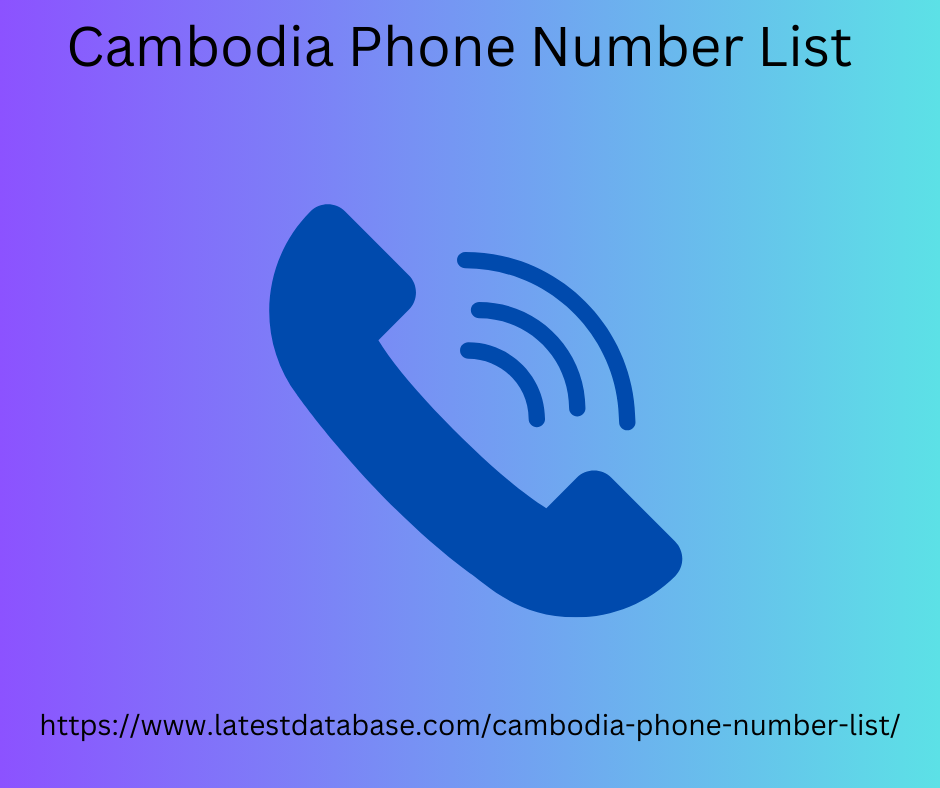|
|
Service to your audience e.g. Asos and Boohoo. Secondary - These companies offer a similar version of your product or service low or high-end to a different audience e.g. Target and Gucci. Tertiary - These brands are related to you but don’t compete with your product/service or audience e.g. Red Bull and Patagonia. Segmenting your competitors like this will help you see how they relate to your business. Profile your competitors' target customers Understanding the audience of your competitors will tell you a lot about a business. It will help you to understand who
they target and the digital channels they use effectively to do that. The best way to find out about their customers is to see who the brand is appealing to. You could find this out by looking at Their mission statement or ‘About Us’ section Social media messaging Cambodia Phone Number List and interaction Blogs and free downloadable assets Webinars or podcasts Customer reviews or user-generated content By reviewing the goals, content, and interactions of your competitors, you’ll learn more about their audience. This will help you develop tactics that differentiate you from the pack.

Apply the Ps of marketing The full marketing mix is crucial to any digital marketing strategy. It will help you to analyze your competitor’s marketing tactics to gain insights into your activities. Product - What are they selling? What do customers like about their product or service? What makes it a successful product or service? What features or products does their product have over mine? Price - What price model do they use? Is it a one-off payment or subscription-based? What makes the price point attractive? Promotion - How do they promote their brand and offerings? What digital channels are they most active in promoting? What tactics do they use to promote? Place - Where do they sell? Are they .
|
|